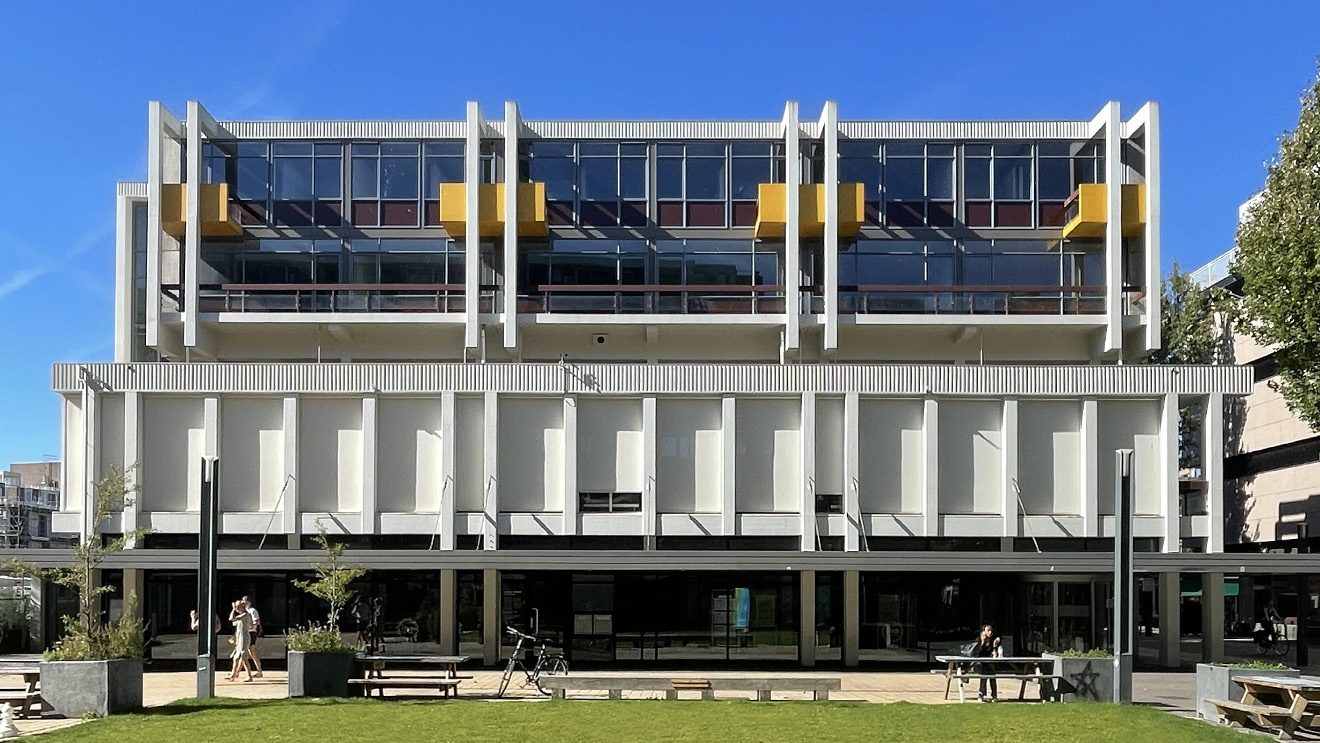
The Bauhaus was a groundbreaking architecture and design school founded in 1919 in Weimar, Germany. The Bauhaus research and teaching method replaced the traditional pupil-teacher relationship with the idea of a community of artists working together. Its aim was to bring art back into contact with everyday life, and architecture, performing arts, design and applied arts were therefore given as much weight as fine art. This resulted in the establishment of modern, functional architecture and design, that had an enormous global impact. The ‘International Style’ introduced by Bauhaus director Mies van der Rohe was realized all over the world.
The ‘New Regional Bauhaus’ (NRB) aims to go back to the idea of community thinking and to focus on a more local scale. Global challenges ask for different solutions, that may differ from place to place. On the other hand, these solutions can not be solved within the scale of a municipality. The NRB emphasize the significance of regional planning, particularly in addressing sustainability, inclusion and spatial quality challenges.
The location of the ‘New Regional Bauhaus’ in Heerlen underlines the idea that regional thinking extends beyond municipal, provincial, and national boundaries while still considering the local context. The NRB will focus on research, education, projects and events.
